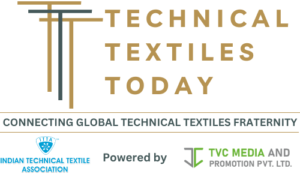
VDMA webtalk addresses the available options for maximising the value of fibres from post-consumer waste clothing.
The automated sorting of waste clothing has been identified as something of missing link in the European textile recycling industry at present.
This was the subject of the latest webtalk organised by the textile machinery branch of Germany’s VDMA on March 26th, with a focus on activity in France, where an extended producer responsibility (EPR) scheme for textile waste has been in operation since 2008 and further moves are now even afoot to dramatically curb fast fashion via further legislation.
France has been ahead of the curve as the European Union plans to impose an EPR scheme for the mandatory collection of textile waste bloc-wide and the banning of its landfilling or incineration from January 2025, potentially creating a mountain of material that will have to be dealt with.
Refashion
Cécile Martin, innovation and recycling manager of Paris-based Refashion, the non-profit association formed to administer the French EPR scheme, outlined its objectives for the period 2023-2028. These include achieving the collection of 60% of all clothing placed on the French market annually, the 99.5% recovery of sorted post-consumer textiles and the recycling of 90% of this waste by 2028.
Fees imposed by the association on member manufacturers and brands in 2022 were based on 827,000 tons of new product going onto the French market, of which 65% was clothing, 17.5% footwear and 17.5% household linen.
There is still some way to go. Collection in 2022 was 260,000 tons, representing a collection success rate of 31%. The waste that was then subsequently sorted by Refashion’s 67 contracted sorting facilities amounted to 188,000 tons, representing a 23% success rate.
Of this sorted waste, 59.5%, roughly 112,000 tons, was resold or reused, but it’s notable that only 5% was actually reused in France, and 95% was reused elsewhere. A further 31.3%, or 59,000 tons, was given a second life as nonwovens for automotive, construction or wiping applications, or ground down for use in plastics or composites, with only a small percentage unravelled and turned into new yarns for spinners.
